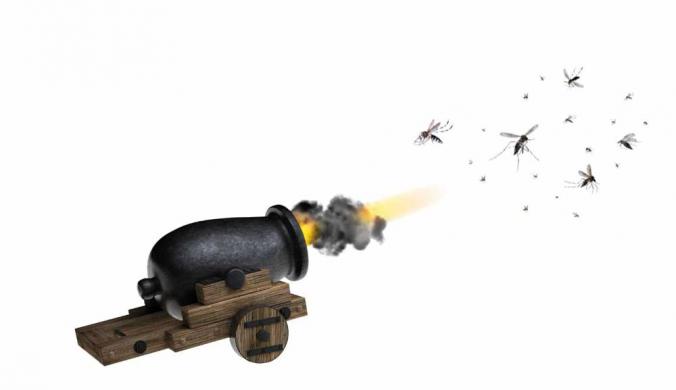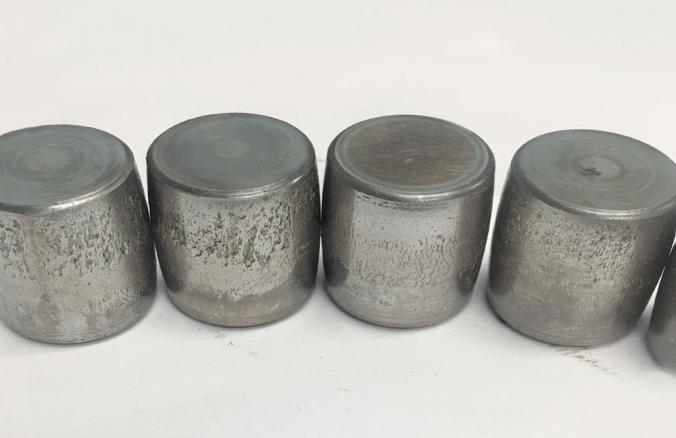Management of Ultrasonic Data in a Power Plant
How modern ultrasonic testing technology supports maintenance personnel in a power plant

In the pursuit of industrial networking, Maintenance 4.0 is finding its way into many power plants. In order to detect damage before it occurs, ultrasonic testing is a common and widespread practice. With ultrasonic testing technology, compressed air leaks and partial discharges can be detected and steam traps and bearings checked at an early stage. New software now supports employees in planning and evaluating maintenance activities.
The SONAPHONE® testing device is used in power stations to maintain different plant units. An airborne sound sensor or a structure-borne sound sensor is used, depending on the application.
Main fields of application:
- Testing rolling-contact bearings on standard machines
- Testing steam traps in steam systems
- Locating and evaluating leaks in compressed air systems
- Electrical inspections of air-insulated assets
With the mobile ultrasonic testing device SONAPHONE from SONOTEC, the maintenance engineer can make an initial assessment of the condition of the equipment in the power station right there and then on-site. With the new software platform SONAPHONE DataSuite, users now also receive the right tool for the management of all relevant measuring points and the evaluation of the ultrasonic data.
Creating test points in the power station
Before testing in the power plant, the maintenance planner creates the test points relevant for the ultrasonic measurement in the asset trap on the PC.
The basic structure can be adapted to the KKS or RDS-PP designation system, both of which are commonly used in power stations. Photos and texts can be stored with the test point. This also makes the job of the user easier, as they know how the sensor should be connected. In order for the measuring point to be clearly identified, an ID and the type of comparison can be specified in the system, e.g. via QR code.
Red alert?
The integrated traffic light function shows immediately when threshold values are exceeded. The monitoring of the threshold values protects maintenance staff from unpleasant surprises. The threshold values are defined for the first time by comparing them with the initial measurement or with identical equipment. If the status of a measuring point changes from green to yellow or red, appropriate maintenance measures must be initiated.
After the maintenance planner has created all inspection points, he creates a specific work plan in the form of a route. The routes can be put together individually, e.g. filtered according to critical measuring points or following a recurring test plan.
From the PC to the test in the power plant
Once the routes have been created on the PC, they are transferred to the SONAPHONE digital ultrasonic testing device and are available for the technician to process in the AssetExpert app. Power plant areas can be systematically walked through using the routes. If the routes are well prepared, reproducible measurements can be carried out quickly.
Has the condition of the steam trap or the roller bearing changed? The SONAPHONE provides the answers directly on site. New measurements can be compared with historical values and the condition assessed. Depending on the application, appropriate airborne and structure-borne sound sensors are used for the measurement. The ultrasonic signals are displayed in the spectrogram and level curves. In addition, images, voice memos and texts can be added to the measuring point.
Analysis is the be-all and end-all
The route is then evaluated on the PC. All measured values and context information such as photos, text memos, etc. that were recorded in a route are transferred to the SONAPHONE DataSuite. They are then available at a central point for analysis tasks and documentation purposes.
What should be done if the threshold value is exceeded on a steam trap and the traffic light switches from green to red? First of all, the measuring point in the SONAPHONE DataSuite should be examined more closely. The data is visualized in the level curves and in the spectrogram. In order to evaluate the trap, it is important to know which type of trap has been tested, because steam traps have different functional principles and noise characteristics depending on the type, manufacturer and installation location. Depending on the interest, areas in the spectrogram can be zoomed in and important measurement settings, photos, text and voice memos can be viewed in the DataSuite. If the tester comes to the conclusion that the steam trap is defective, it should be replaced as soon as possible.
With the introduction of the modular software platform SONAPHONE DataSuite, SONOTEC brings a central hub for the organization of maintenance processes onto the market. The software platform provides maintenance engineers with the key figures on the positive and negative development of their equipment.










